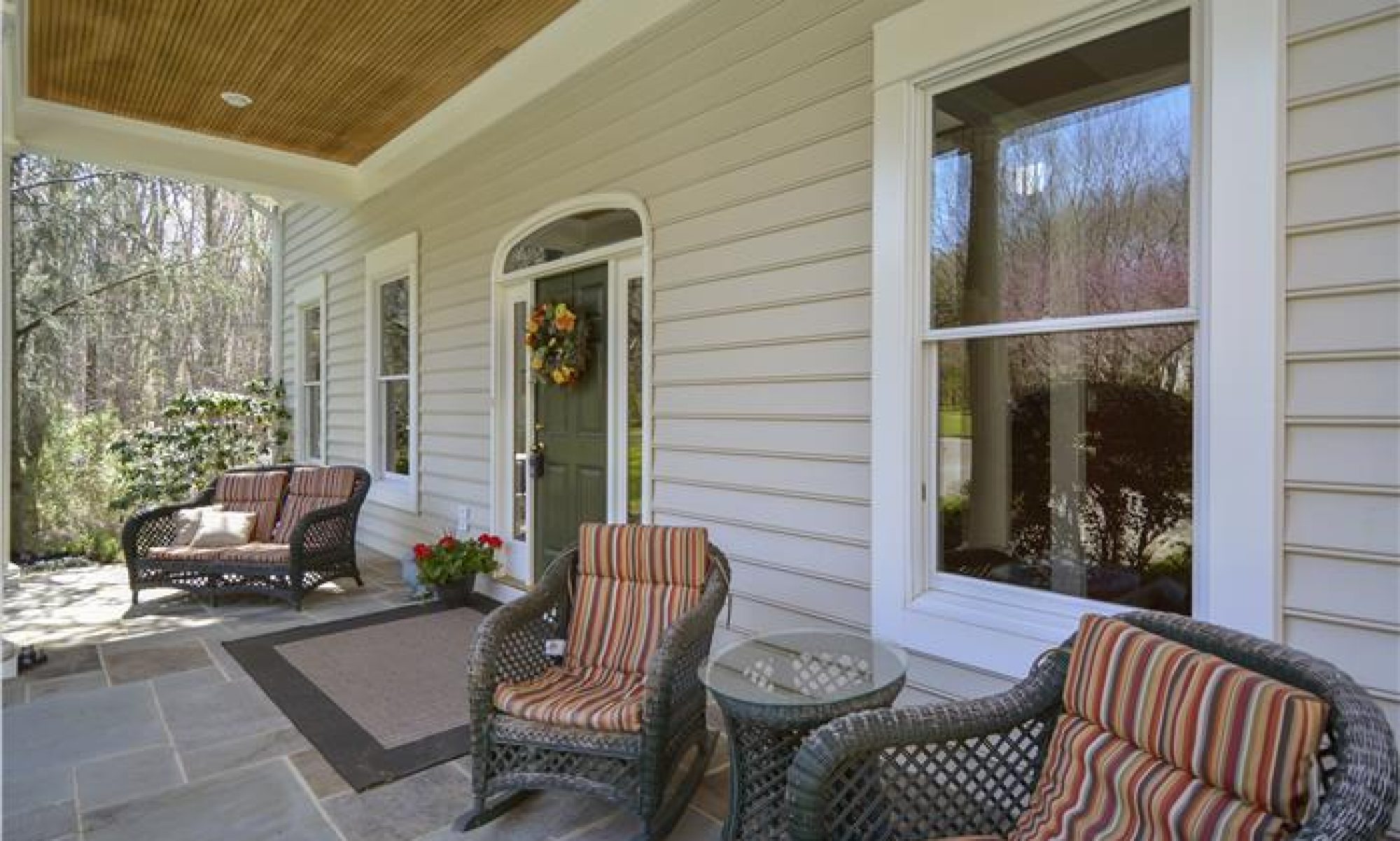The November 30th National Association of Realtors press release indicated that the Pending Home Sale Index receded 4.6 percent in October from the previous month. This is the fifth straight month of declines for the forward looking indicator. The index has declined about 37 percent from the same time last year. What is currently driving the housing market?

Many are blaming mortgage interest rates for the sharp declines. NAR Chief Economist Lawrence Yun stated, “October was a difficult month for home buyers as they faced 20-year-high mortgage rates…The upcoming months should see a return of buyers, as mortgage rates appear to have already peaked and have been coming down since mid-November.”
Declining Existing home sales
As for existing home sale stats, the NAR’s November 18th press release indicated that existing home sales declined for the ninth straight month. Sales slipped 5.9 percent from the previous month, and dropped 28.4 percent from the same time last year.
Increasing home prices
Despite, the slipping sales, median home prices continue to increase. The median existing home sale price increased 6.6% from the same time last year. Although the hedge funds and main stream media talk about huge home price declines in 2023, the reality is that most experts expect home prices to maintain if not increase. If the housing market were really in trouble, existing home sale prices would have already started to recede, but home sale prices actually increased! This is probably why the FHFA announced in a November 29th press release that conforming loan limits are increasing in high price areas from $647,200 to $726,200.
Inflation and the economy are on everyone’s mind. Zillow chief economist Skylar Olsen stated in a December 1st press release that the economy and affordability will drive the housing market in 2023. “Affordability is going to be the biggest factor in housing for 2023, but there’s room for optimism on that front if mortgage rates recede.”
Lack of home sale inventory is currently driving the housing market
The reason for declining home sales and increasing home prices, that no one is really talking about, is the existing home sale inventory. The NAR reported that home sale inventory continues to decline. The current level of inventory is equivalent to 3.3. month’s supply, which is indicative of a sellers’ market.
On the surface, home sale stats may seem disastrous. However, keeping perspective, remember that the current housing market is being compared to the previous year of record setting home prices and sales. Also keep in mind that although home sales have slipped, home prices continue to increase. Mortgage rates seemed to have plateaued. However, unless existing home sale inventory increases significantly, expect subdued existing home sales and higher home sale prices.
By Dan Krell
Copyright © 2022

Disclaimer. This article is not intended to provide nor should it be relied upon for legal and financial advice. Readers should not rely solely on the information contained herein, as it does not purport to be comprehensive or render specific advice. Readers should consult with an attorney regarding local real estate laws and customs as they vary by state and jurisdiction. Using this article without permission is a violation of copyright laws.




